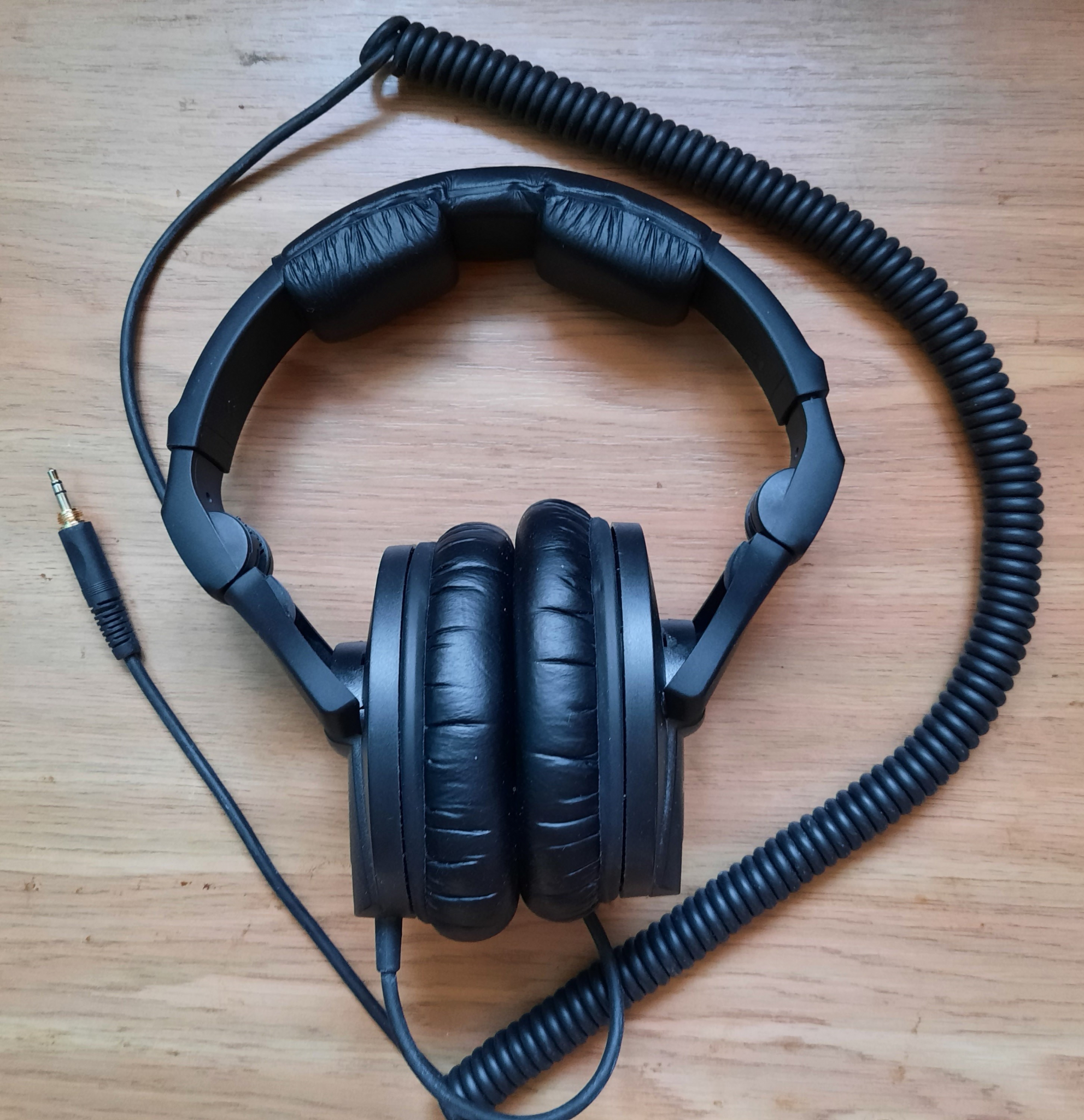Sennheiser hd 280 pro review: Sennheiser HD 280 Pro review
Sennheiser HD 280 Pro review
One of the greatest things to come out of the modern age of home recording is the demand for accessible gear. So-called budget studio headphones used to cost well over $200 USD, but the 1980s are long gone, and what used to be tough-to-reach purchases are much more accessible to more people. The Sennheiser HD 280 Pro has long been a favorite of musicians to monitor their tracks, and while there are some tradeoffs, it might be the headset for you too.
Editor’s note: this Sennheiser HD 280 Pro review was updated on April 5, 2022, to add context to the sound quality section and add an FAQ section.
- Audio engineers will want to try out the HD 280 Pro for its fairly neutral frequency response, tight seal over the ears, and comfortable fit. This is a great option for mixing or tracking for long recording sessions.
- Podcasters will benefit from accurate midrange and treble reproduction when editing episodes.
What’s it like to use the Sennheiser HD 280 Pro?
Mostly plastic and wired, the HD 280 Pro is all about utility.
The Sennheiser HD 280 Pro is the epitome of boring, utilitarian design; inside and out, there really are no fancy features to speak of. All you do to start up is plug the 3.5mm jack in and you’re ready to go. You might even go wild and use the included 1/4 inch adapter, but that’s really it. The markers to identify which side is left and which is right are only very faintly marked on the inside of the hinges in a tiny font, so you just have to remember that the wire hangs from the left.
Related: Why I’m sticking to wired headphones
Regardless of how boring the headphones look, the HD 280 Pro makes its name on durability and utility. That’s not to say Sennheiser forgot about comfort, as the HD 280 Pro has ample padding where it counts. You shouldn’t run into much discomfort even after several hours wearing glasses, besides some heat build-up.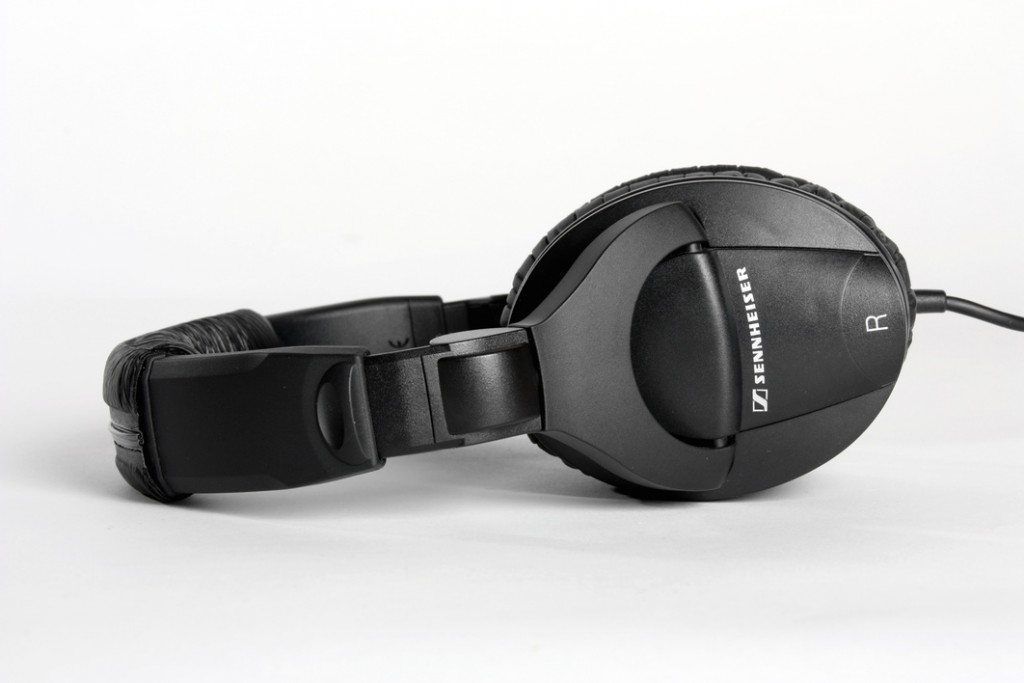
Because the HD 280 Pro is relatively affordable it lacks some luxuries. The wire on the left ear cup is not removable, but the coiled cable does a lot to alleviate stress on the solder points. You shouldn’t have to replace it unless you straight-up abuse the thing.
Is the HD 280 portable?
Not the most portable headset out there, but the Sennheiser HD 280 Pro has articulating arms to help it fold in.
The headset is rather large, but the ear cups swivel, and the sides articulate to make the HD 280 Pro’s footprint a tad smaller. It’s not a headset marketed for the commuter, and Sennheiser doesn’t include a case. In addition, the jack is substantial and could get in the way or not fit with a phone case, so the answer is not really.
The sheer weight of the cable managed to drag my phone off the desk twice, so I can’t picture a scenario in which you’d want to take these headphones on a bus. Commuting with studio headphones kind of misses the point anyway; there’s a time and a place for monitors, and the subway ain’t usually it. The headphones’ matte plastic exterior means you don’t need to worry much about scratching or marking it up, at least.
How well does the Sennheiser HD 280 Pro block out noise?
The higher the pink line the more sounds in those frequencies are isolated.
The Sennheiser HD 280 Pro is not a noise canceling headset, so any noise that gets blocked out is due to the seal of the earpads to your head. Closed-back headphones tend to perform reasonably well compared to open-back ones in this regard. The HD 280 Pro blocks out high-frequency noise handily, while mids are only deadened by half to three-quarters in loudness (the higher the pitch, the better the headphones block out noise).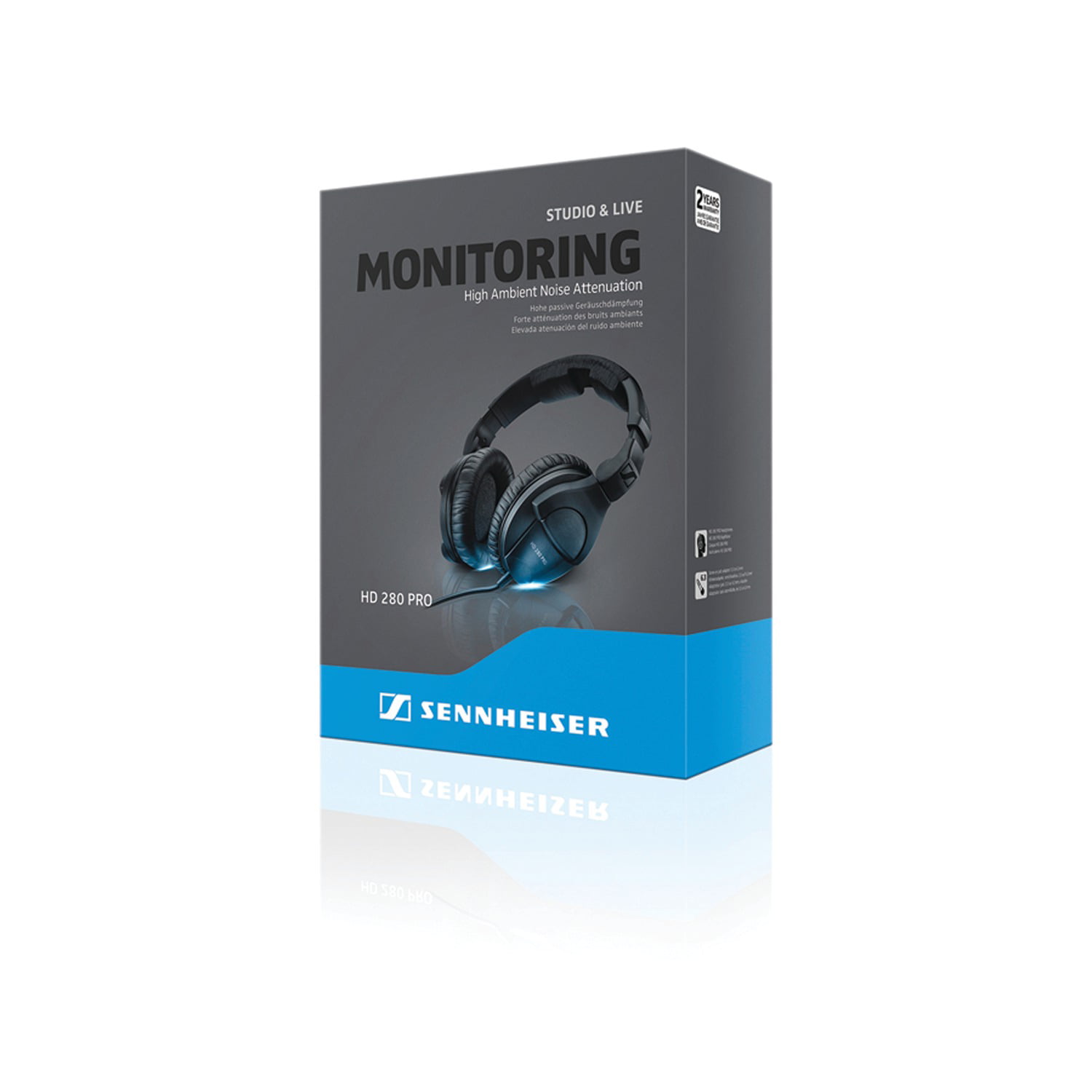
How does the Sennheiser HD 280 Pro sound?
For the most part the HD 280 Pro (in cyan) follows the studio curve (in pink) closely except in the lows.
The headphones have a fairly accurate frequency response with a few minor deviations from our house curve. You won’t hear any over-emphasized sounds with the HD 280 Pro, which makes it a strong candidate for mixing and monitoring recordings in a studio. If you were thinking this was a pair of consumer Sennheiser headphones, you’ll get something a bit different than what you expected.
Lows
Technically, Sennheiser states that the HD 280 Pro has a frequency response of 8Hz-25kHz, which could give the impression that it has strong bass, but it is not a “basshead” headset. First off, people can’t hear below 20Hz, so the 8Hz number is somewhat irrelevant. Secondly, there’s a drop between 50-100Hz, which can make some lower-pitched rumbles sound weirdly quiet compared to its neighboring low notes.
The wired connection means that the HD 280 Pro has a frequency range down to 8Hz, not that you’ll probably hear it.
Just Do You by Lord Echo (ft. Mara TK), which has a significant bass section, sounds good on the HD 280 Pro. The song isn’t bass-heavy whatsoever on the headset, so it’s easy to hear midrange notes that other headsets may mask. In other words, you’ll hear the low end percussive groove that thrusts Just Do You forward.
Related: Best headphones under $100
Anything from the 1970s or earlier that hasn’t been remastered for digital release will lack quite a lot of bass with the HD 280 Pro. Rock Your Baby by George McCrae is pretty light on the kick due to the use of an early drum machine, the Roland TR 77, but basically it has no low end thump, unless I put on the 2012 remaster.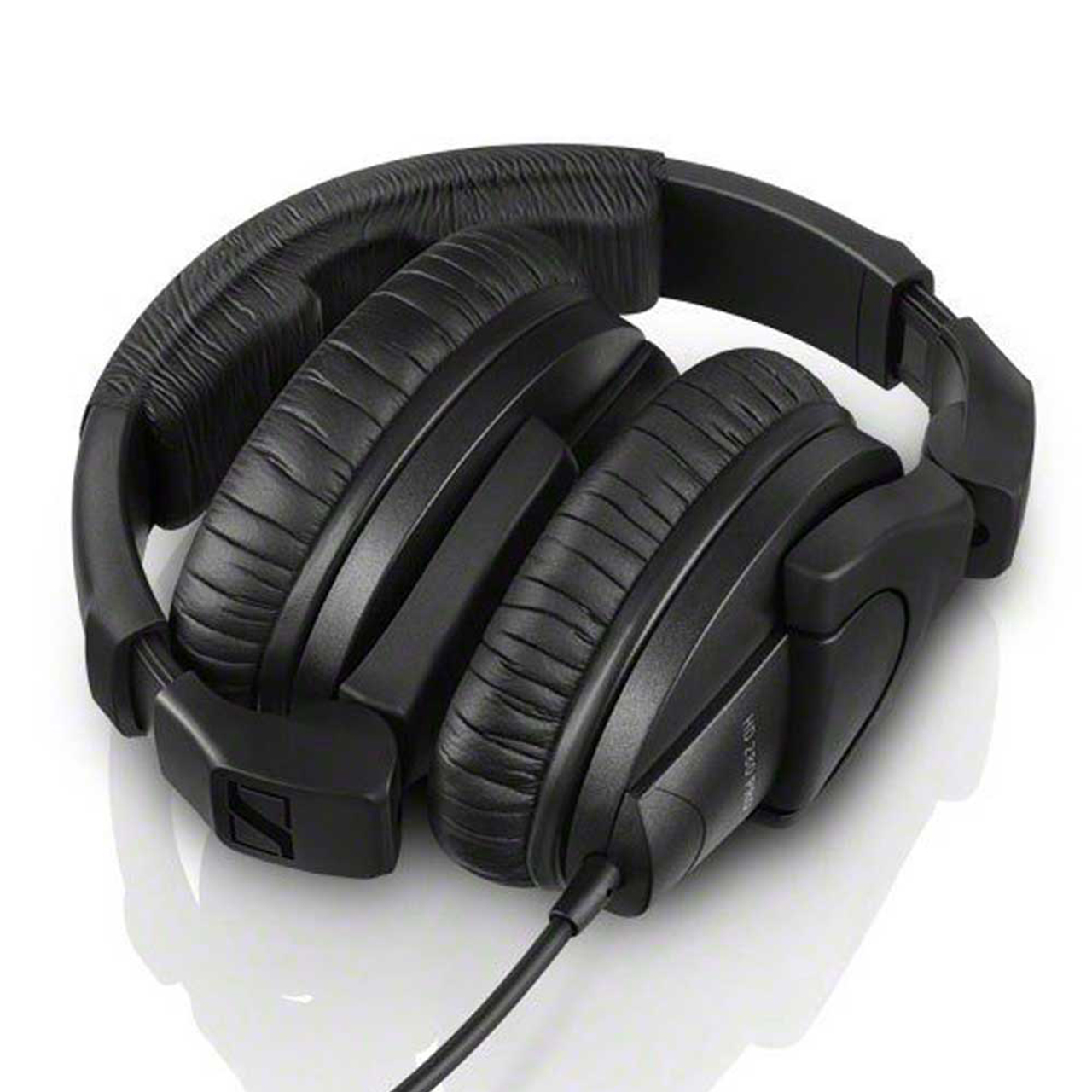
Mids
Reasonably good clamping force helps you hear all frequencies best.
Alto singers in particular sound great on these headphones, which makes sense, given that range is typically from 180-700Hz. These frequencies are the sweet spot for the HD 280 Pro and happen to also be where the headphones most closely align with our target curve. The HD 280 Pro allowed me to hear new lyrics to songs I’d previously found imperceptible.
Highs
Falsetto and soprano voices that occupy those higher ranges sound less impressive than on other headphones. George McCrae’s smooth falsetto on Rock Your Baby lacks dimension due to this decibel drop where those higher frequencies reside. Mara TK still sounds good on Just Do You because he’s a talented singer, but the song’s vocals aren’t on par with the best headphones due to the frequency curve on the upper registers.
Ample cushioning is comfortable, but can get hot after a couple of hours.
Some people will feel cymbals sound “hollow” coming through the Sennheiser HD 280 Pro. On tracks with a lot of fast cymbals and tambourines like What a Pity by Spook School they sound more like metal trashcan lids than a high-quality metal instrument. On other tracks, the cymbals sound a little too slow, and there are few reasons for this.
Related: The best studio headphones
The HD 280 Pro’s minor under-emphasis (compared to our studio curve) between 2-8kHz, and the steep drop above 10kHz gives the impression of a quieter cymbal due in part to lowered volume on the initial crack of the crash. This lowered volume on the initial hit (of the cymbal, or any sound in that range) to reaching peak volume the brain interprets as less attack. Having the impression of less attack is fine—sometimes desirable—on an infrequent sound. The human brain, however, can’t process this fast enough to distinguish the sounds.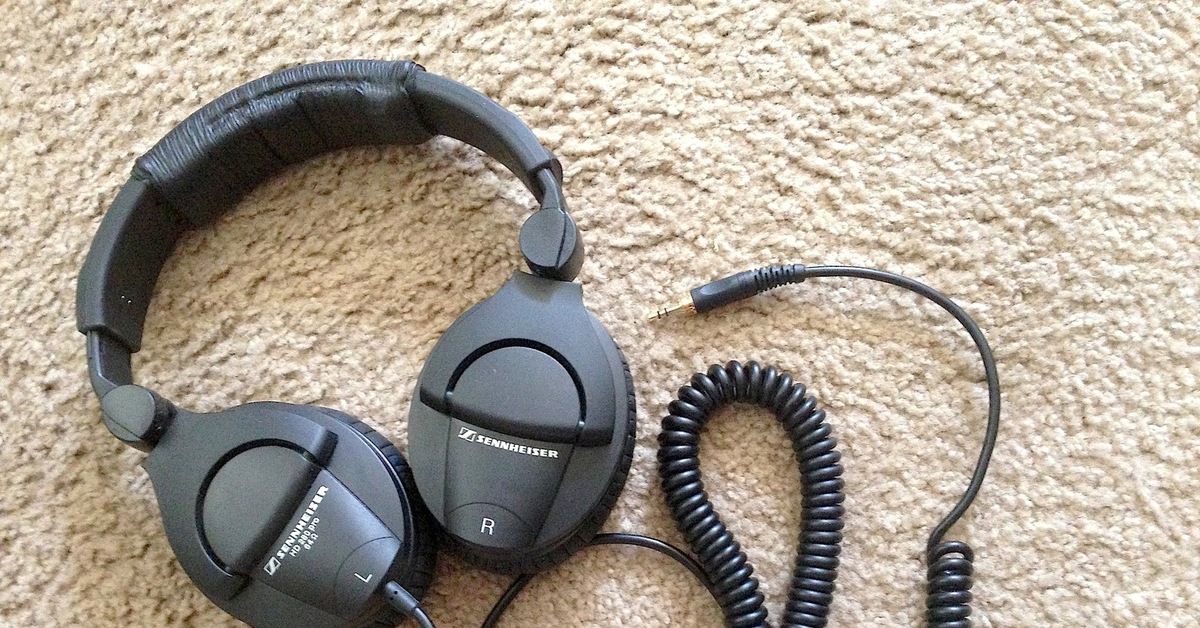
What’s the Sennheiser HD 280 Pro good for?
Swiveling ear cups means singers can listen in the room in one ear and through the headphones with the other.
After several hours of testing music from different genres and eras, I’ve become accustomed to the particulars of how this headset sounds and discovered that like the famously polarizing Yamaha NS10 monitors, if a song can sound good on the HD 280 Pro, then it’s well mixed. Songs that really vibe on these headphones will sound good or better on almost anything else. If you’re producing music: that’s an extremely valuable tool.
For mixing purposes, if a song sounds good on the HD 280 Pro, it’ll be just as good or better on anything else.
If you’re an audio engineer, a podcaster, or in a band, the Sennheiser HD 280 Pro is a versatile piece of kit. The closed-back ear cups are ideal for recording tracks, because they minimize dreaded sound leakage.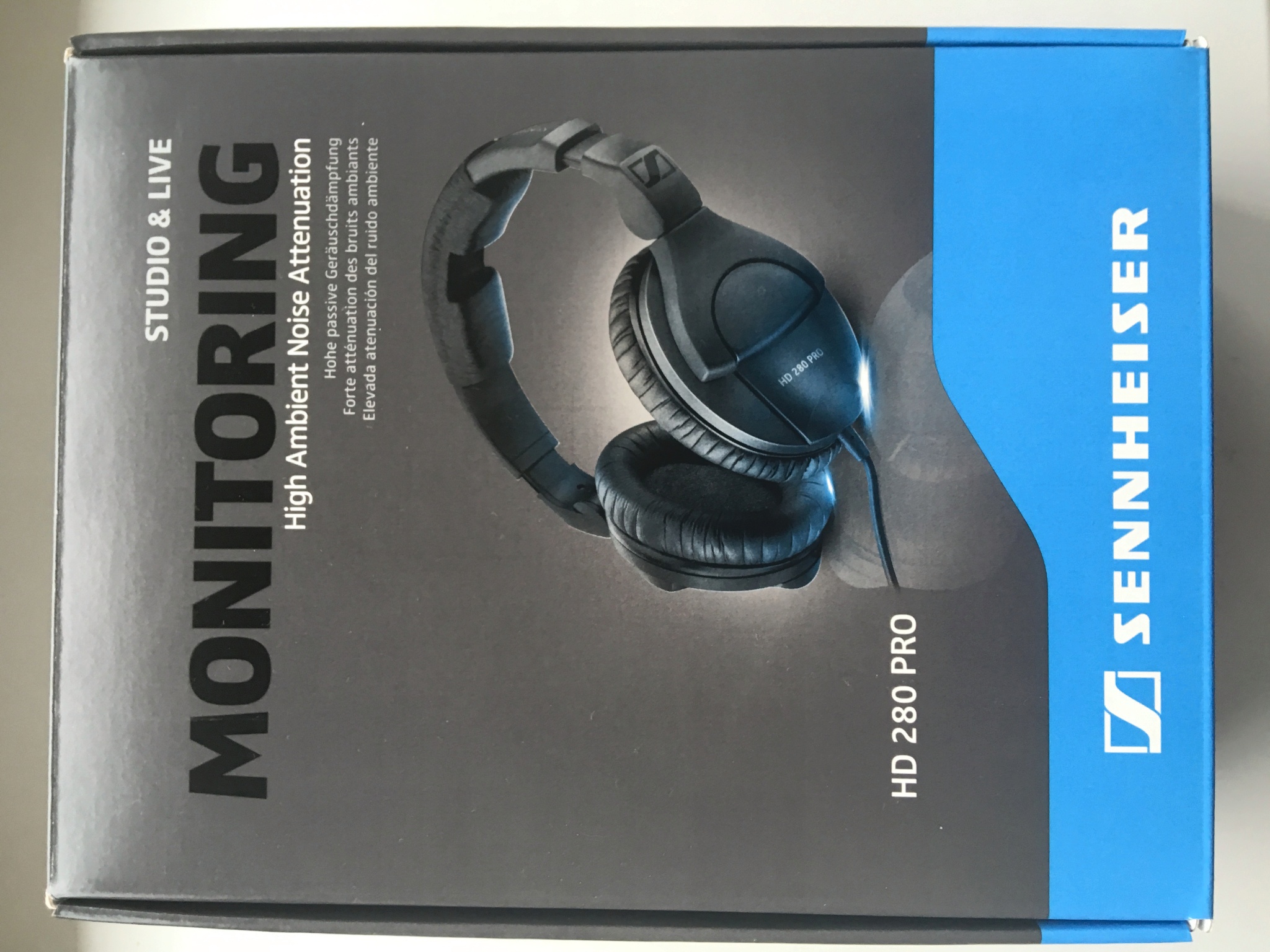
Should you buy the Sennheiser HD 280 Pro?
The HD 280 Pro is considerably comfortable with glasses on.
If you’re looking for a solid budget-conscious reference headset, you should consider the Sennheiser HD 280 Pro. If you have a higher budget, by all means explore other options like the AKG K371, but for about $100 USD there’s a spot in every studio for the HD 280 Pro. It doesn’t have to be your main headset, but if you need a backup or a second pair to mix with or track without the pains of leakage, it’s great.
Sennheiser HD 280 Pro
All prices listed in USD unless otherwise specified. Prices may change over time, and vary by region. Unfortunately, we cannot list Amazon prices on the site, as they vary greatly by currency.
See price at Amazon
See price at Sennheiser
See price at Sweetwater
Also, I stand by my controversial statement that the Sennheiser HD 280 Pro is the studio headphone equivalent of the Yamaha NS10 monitor.
What should you get instead of the Sennheiser HD 280 Pro?
Audio-Technica’s ATH-M40x may receive a lesser model number than the M50x, but that doesn’t mean it’s a lesser headphone.
At about the same price you can pick up the Audio-Technica ATH-M40x. It comes with removable cables that have proprietary locking mechanisms, and you can get a headset with a non-removable cable for less with the Audio-Technica ATH-M30x. The HD 280 Pro sports a slightly more accurate frequency response. Interestingly, both sets have similar features such as a drop around 80Hz and a bump around 100Hz. Whereas the HD 280 Pro has a touch too much in the sub-bass, the ATH-M40x has a notable under-emphasis. Pick your poison.
Both headphones perform similarly with passive isolation. The main difference in terms of sound is in the highs where the ATH-M40x tends to exaggerate somewhat.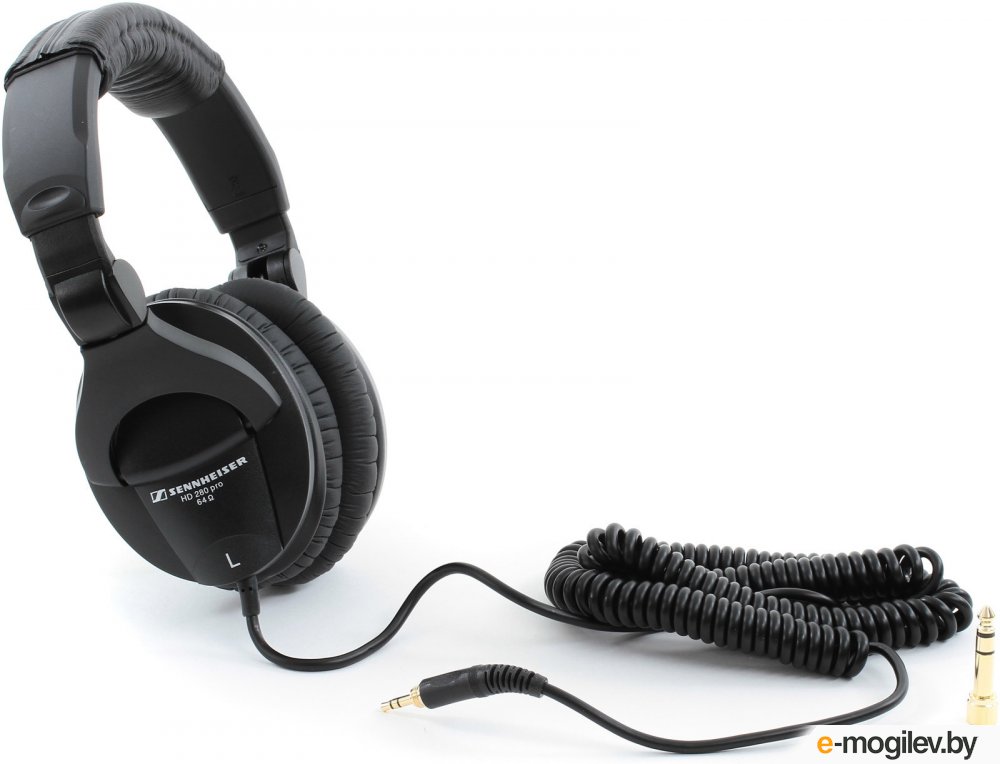
Related: Home studio recording: Everything you need to record on a budget
Frequently asked questions about the Sennheiser HD 280 Pro
No, the headset does not have a microphone for phone calls or voice assistant access.
Yes, due its frequency response, the HD 280 Pro makes for a solid pair of headphones for gaming that you can also use in the studio.
Sennheiser HD 280 Pro headphones review
Today, we’ll be reviewing the Sennheiser HD 280 Pro headphones. These are a controversial pair of headphones for many, so let’s take a deeper look to see why.
Our verdict on the HD 280 Pro 4.0
They’re not the most accurate headphones, and they surely aren’t the most comfortable, but the Sennheiser HD 280 Pro have earned their place as an industry standard regardless.
When it comes to midrange clarity and noise cancellation for tracking, the Sennheisers are a phenomenal option, and for $100 who can complain.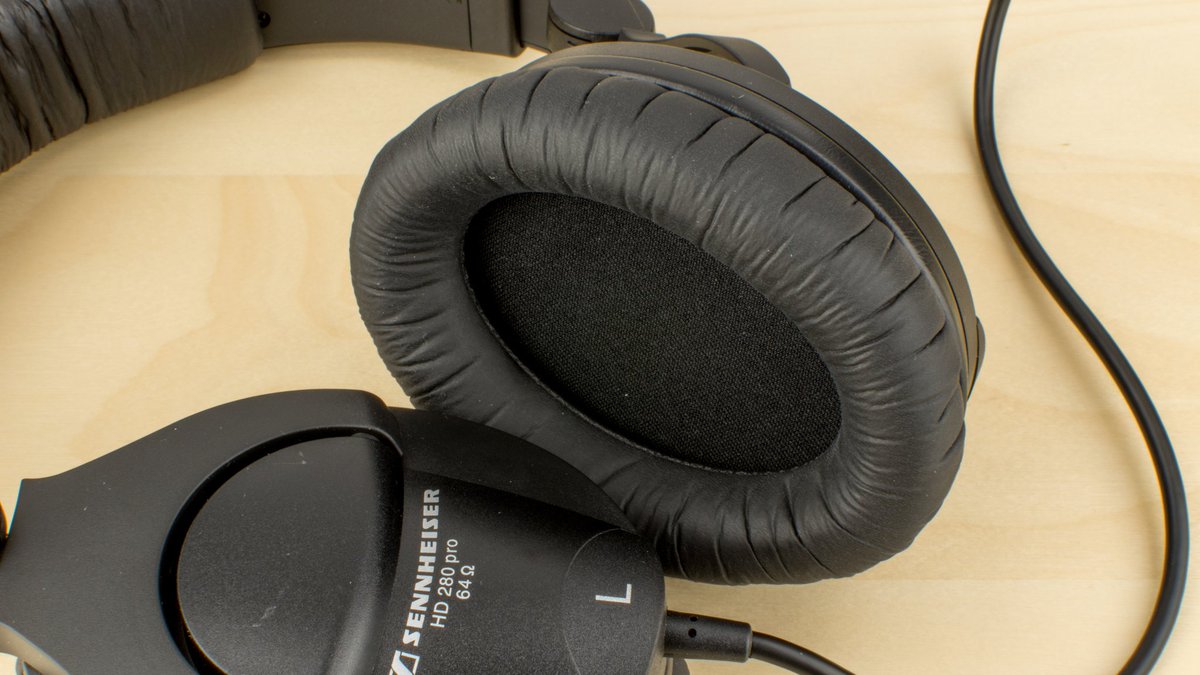
Available at: SweetwaterAmazon
Power and frequency response 4.0
The HD 280 Pros have an impressive frequency response of 8 Hz – 25 kHz. However, despite its extended low end, the bass isn’t as prominent as one might expect.
There is a -5 dB cutoff from around 50 – 100 Hz, so while you’ll still be able to hear the harmonics of the bass and kick, the full body of the low end will be subdued by quite a large margin.
The sweet spot of the HD 280 Pros lies at around 180 Hz – 700 Hz, making alto singers and strings sound phenomenally clear.
The high end is fraught with inconsistencies, however. Seeing that there is a slight dip around 2 kHz – 8 kHz, instruments occupying this portion of the upper register will bleed together.
This is somewhat expected from a pair of headphones in this price range, and to be frank, the midrange is the more important aspect of the mix to nail.
So, while these aren’t perfect headphones by any standards, they’re good enough for most scenarios.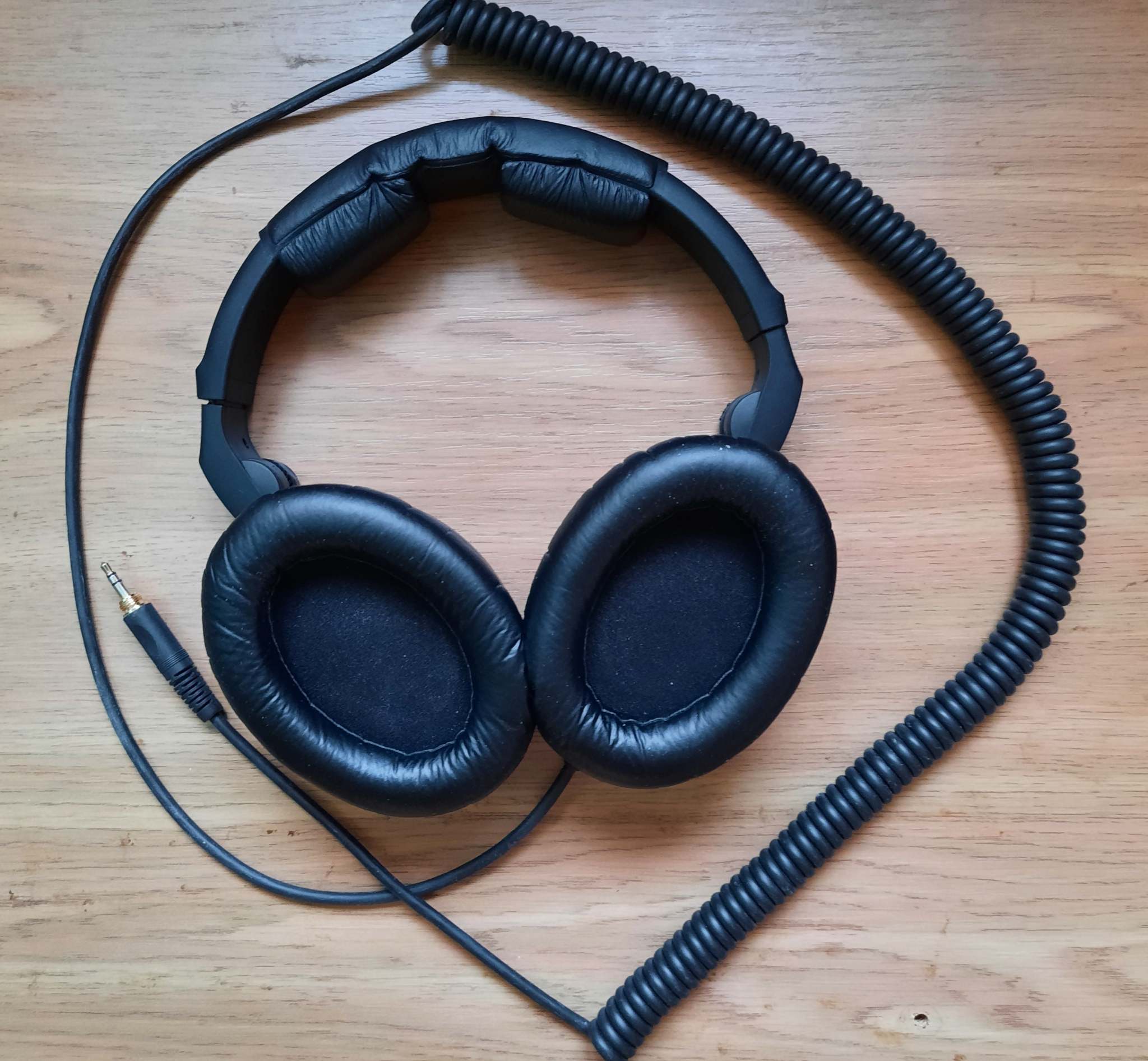
Build quality 3.8
The Sennheisers are made out of a dense plastic, making them quite sturdy and resistant to the wear and tear of accidental droppings and miscellaneous physical stress.
One major flaw these headphones have is the lack of a detachable cable. Nowadays, headphones having replaceable cables has become the standard, seeing that the wires are usually the first things to go sour with any new purchase.
While this isn’t necessarily the worst thing, we warn you to be careful of how you treat them in order for the headphones to last.
Comfortability 2.8
These headphones are adequate in terms of comfortability. The earcups are large enough, but we found the padding to be rather slim.
Also, the headband is rather tight. Some may prefer a fit with a bit more clamp to it, but we could easily see somebody becoming aggravated with it – especially for longer sessions.
Stability 2.0
They slide off the head fairly easily and aren’t recommended for working out or other intense physical activities.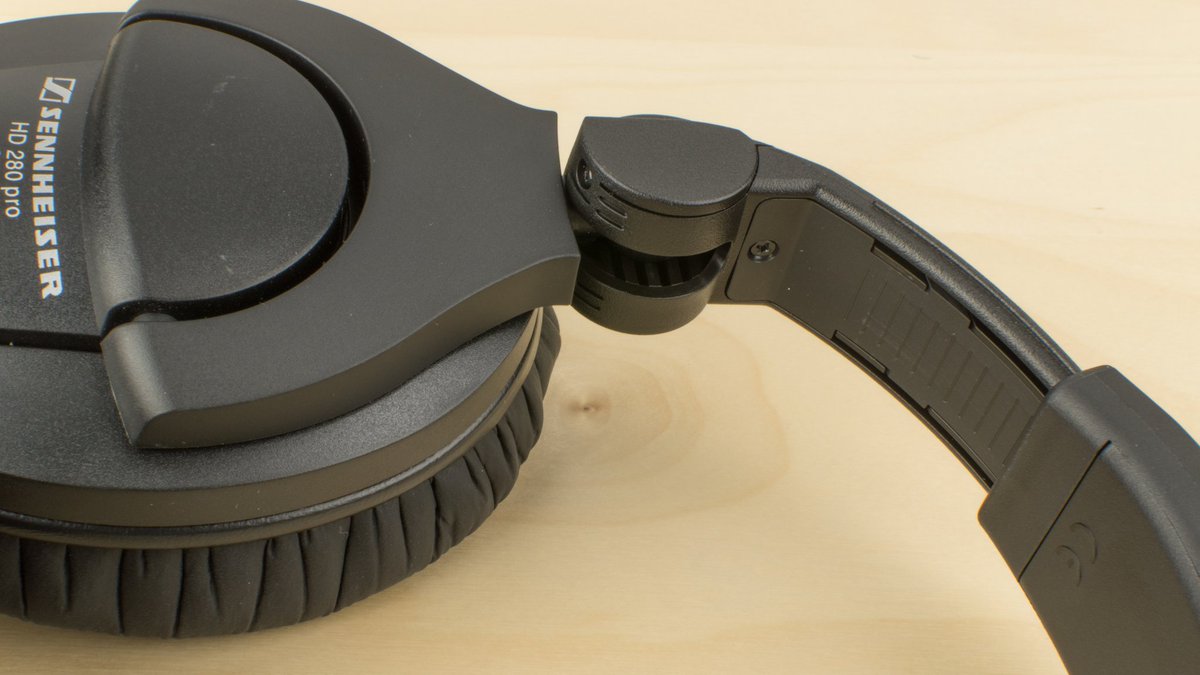
They’re stable enough for working in the studio, but with one small issue. Again, the non-detachable cable can be a bit of a nuisance if the cord ever gets hooked on to some gear.
Noise cancellation and isolation 3.5
Noise cancellation is one of the HD 280 Pro’s strong suits. There is no active cancellation occurring in the low end, so passing cars and trains will most likely overpower whatever you’re listening to.
However, in the midrange, they can isolate by a bit more than 11 dB while for the high end nearly 30 dB.
In other words, these headphones are phenomenal for tracking.
Accessories 3.5
There aren’t many accessories to mention here. Upon your purchase of the HD 280 Pros you’ll receive the headphones, an 1/8″ – 1/4″ adapter, and the manual.
Not that these things are incredibly important but it would’ve been nice to see a carrying pouch (and a replacement cable).
Compared to other studio headphones
While the Sennheiser HD 280 Pros may be the perfect headphones for you, here are some other options to consider as an alternative.
HD 280 Pro vs. Audio-Technica ATH-M40x
To our understanding, the M40x are slightly more accurate than the Sennheisers, but not by much. The Audio-Technicas are surely more comfortable, and have a lot more bass. They do have a lot of bleed, so be wary of using them for tracking.
Check out our Audio-Technica ATH-M40x review
HD 280 Pro vs. Audio-Technica ATH-M50x
The ATH-M50x is the superior pair of headphones as far as we’re concerned. They’re far more accurate and pleasing where it counts.
You can use them for either critical or casual listening, whereas you can’t do either as reliably on the Sennheisers.
HD 280 Pro vs. Sony MDR-7506
While the MDR-7506 have held their place as an industry standard for some time, they aren’t without their flaws. The 7506 are generally better for mixing, but the HD 280 Pro outshines them in terms of clarity.
The trade-off here is of course comfortability, in which case the Sonys are the clear winner.
Check out our Sony MDR-7506 review
HD 280 Pro vs. Beyerdynamic DT 770 Pro
These are far more comfortable and far better for mixing and mastering purposes in our opinion. If you can, get the DT 770 Pro.
Check out our Beyerdynamic DT 770 Pro review
You can also check out our picks of the best studio headphones on the market right now and best cheap options under $100 and $50.
Who are the Sennheiser HD 280 Pro best suited for?
Due to their low price and good midrange clarity, the HD 280 Pro headphones are a good choice for beginner producers on a budget.
Share
FacebookTwitterPinterest
Review Sennheiser HD 280 Pro
The German manufacturer of acoustics Sennheiser is familiar to ordinary consumers primarily for the variety of headphones for home listening to music, headsets for mobile phones and gaming headphones. But still, most of the solutions produced by the company are headphones for musicians, sound engineers and audiophiles.
General
This review focuses on the Sennheiser HD 280 Pro, an update to the well-known HD 280 headphones produced by the company since the early 2000s. These headphones gained immense fame for their incredible performance at the time, including a range of 8 to 25,000 Hz at an input impedance of 64 ohms. The relatively low price and decent build quality have made the model popular not only among famous musicians, but also among many DJs, novice producers and audiophiles. The characteristics of the HD 280 made it possible to work with any amplifiers and sound cards without much distortion. Many vinyl collectors have given their preference to these headphones.
As time went on, the German company released new models of headphones, but the demand for the HD 280 did not decrease, and Sennheiser released a new, slightly modified model of headphones, which received the Pro prefix. The body of the new headphones has become lighter and more durable, the mechanism for folding and turning the cups has been redesigned.
Exterior
Packed Sennheiser HD 280 Pro headphones in a fairly large box. The design of the packaging is made in the same style as the headphones, and the predominant color is black. The front part bears the image of the headphones themselves, the model name and the large Sennheiser logo. The back part reports brief characteristics and information about the manufacturer. There is nothing superfluous inside the box, only headphones on a plastic transport stand, instructions and an adapter for 6.3 mm jacks.
The product data sheet deserves special attention. In addition to the detailed technical characteristics of the Sennheiser HD 280 Pro, you can even find instructions for disassembling the headphones and a description of the parts that you can replace yourself in the event of a breakdown. Manufacturers devoted several pages to readings of various measurements indicating the high quality of the speakers used in the HD 280 Pro.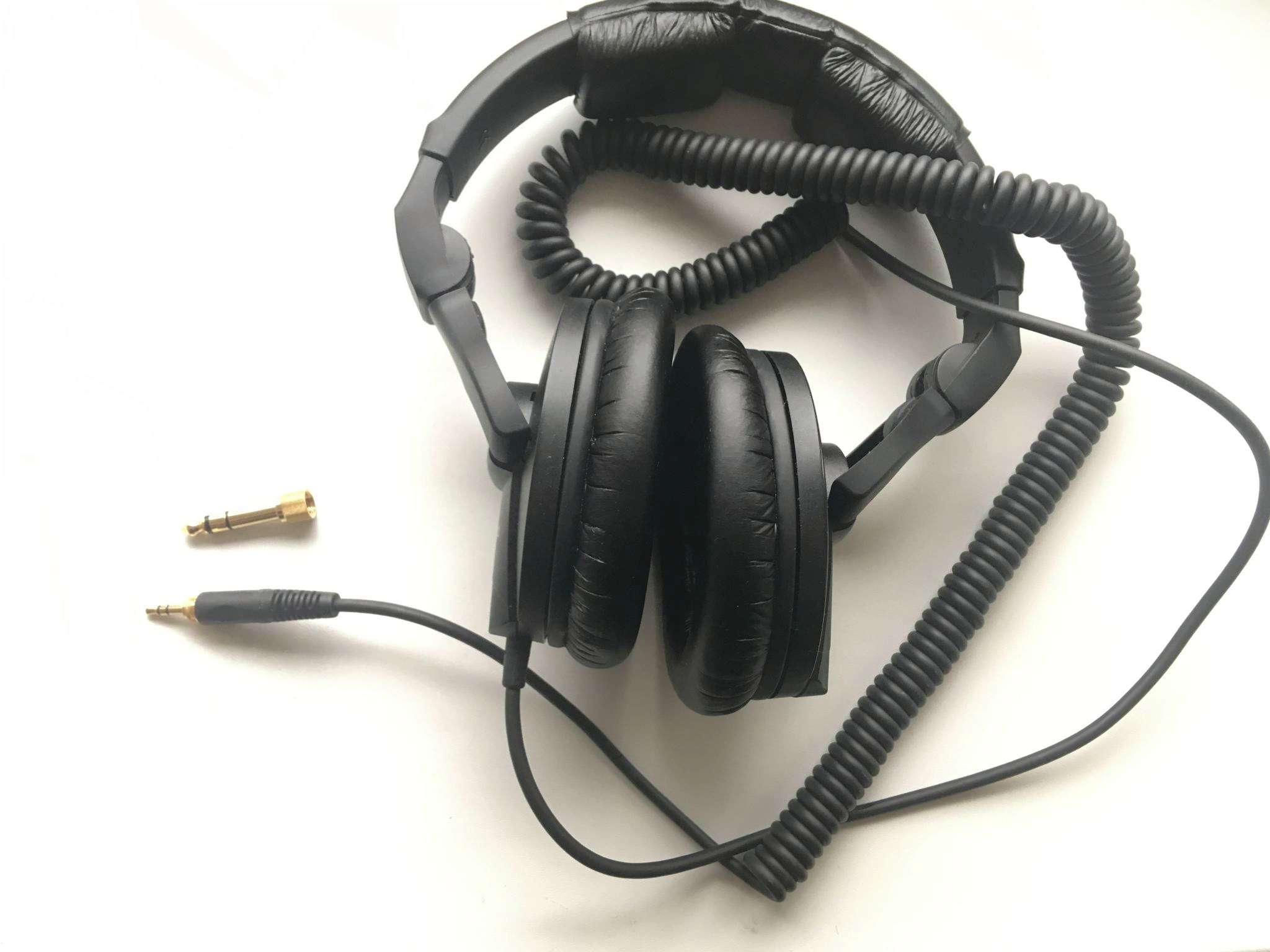
Sennheiser prefers to use a combination of plastic and metal parts in its products. The hero of today’s review is made entirely of matte plastic. The HD 280 Pro inherits its predecessor’s austere features and some elements from premium products. There are no bright and catchy elements, aluminum inserts or meshes in these headphones. The only element that differs in color is the name of the model, written on the left and right cups in a corporate font.
Available in black only. All parts of the body fit each other clearly, there are no squeaks and backlashes. This also applies to the mechanisms for folding cups for transport. The ear pads and headband are made of faux leather. Inside – soft filler. The artificial leather is perforated, so there is no discomfort associated with sweating after prolonged use. If necessary, the headband and ear pads can be removed for cleaning or replacement.
Sennheiser HD 280 Pro non-detachable cable without fabric braid. Nevertheless, it looks quite durable, the experience of using previous models speaks of the reliability of the materials used in the production of this case element.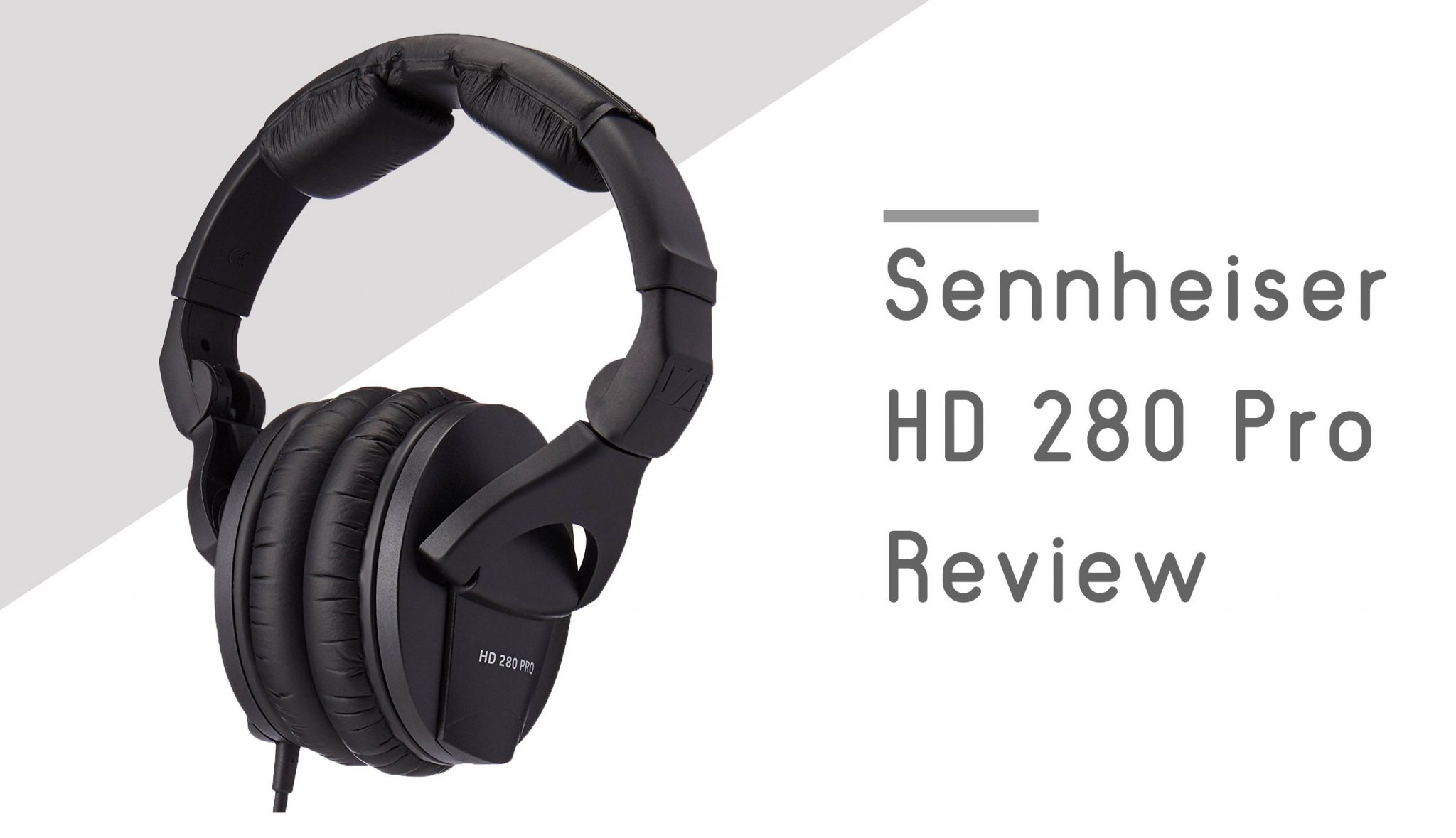
- familiar to many 3.5 mm jack, compatible with any consumer audio equipment;
- 6.3 mm connector used in professional musical equipment.
To attach the adapter to the cable, simply screw it onto the main 3.5 mm jack. Both connectors are gold-plated and branded. The thread on the adapter is standard for such connectors, and in case of loss it can be replaced with a similar one.
Specifications
The design of the HD 280 Pro does not really set the headphones apart from other Sennheiser closed headphones. All the most important lies inside. Measurements offered for study by official and independent sources, as well as personal experience, convince us that the HD 280 Pro has an ideal frequency balance.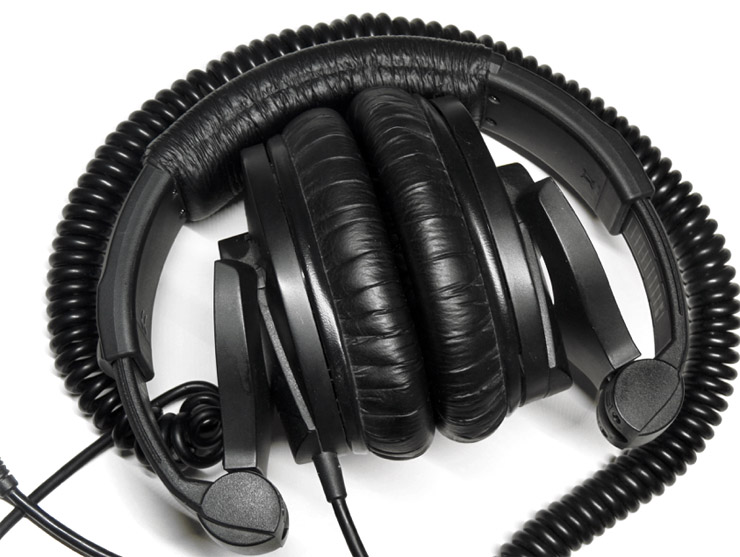
Despite the initial positioning of the headphones as monitor headphones, it is difficult to call them 100% like that. Passport data Sennheiser HD 280 Pro report the following:
- frequency range in the range from 8 to 25000 Hz;
- input impedance – 64 Ohm;
- sensitivity – 113 dB;
- load – 500W;
- THD – 0.1%.
The low frequencies produced by this model’s speakers are really bright. The frequency response graph shows that low and medium frequencies are reproduced without dips, the structure is linear. High frequencies are pronounced, do not overlap all the others, but are not muffled either.
Listening to home acoustics, a smartphone or an inexpensive player may not satisfy everyone. This is explained primarily by the high impedance of 64 ohms. Accordingly, insufficient output power of the sound source adversely affects the sound quality of the Sennheiser HD 280 Pro. The main thing that can be noticed is a slight but noticeable subsidence in volume.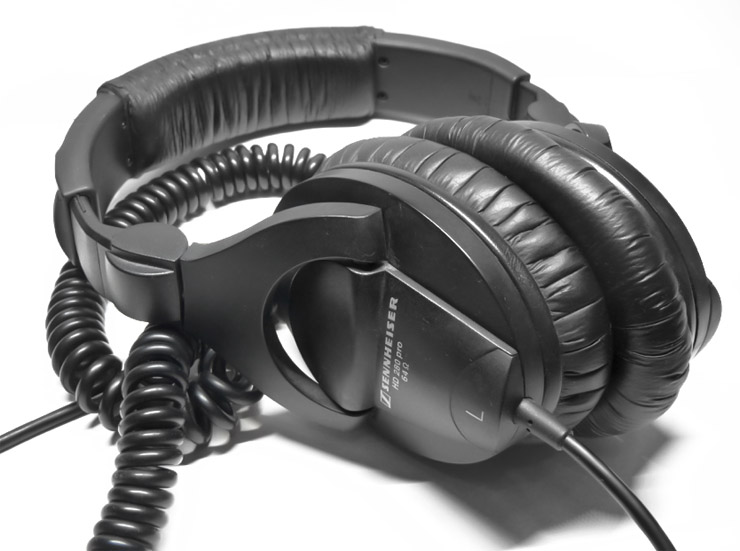
The soundproofing of the Sennheiser HD 280 Pro deserves special attention. The ear pads completely cover the ears and, despite the particularly strong pressure of the headband, they press the cups quite tightly to the head. When listening to music at medium volume, sounds from the outside are absolutely not audible.
Consumer reviews of the design of the
Sennheiser HD 280 Pro may disappoint those who are looking for bright and eye-catching design when buying headphones. This headphone model, as mentioned above, is designed more for home listening. Fans of classic strict forms will appreciate the appearance of the model. The HD 280 Pro looks exactly like a true professional instrument.
Comfort above all: design feedback
At first, after buying the Sennheiser HD 280 Pro, you will feel a little uncomfortable because of the headband.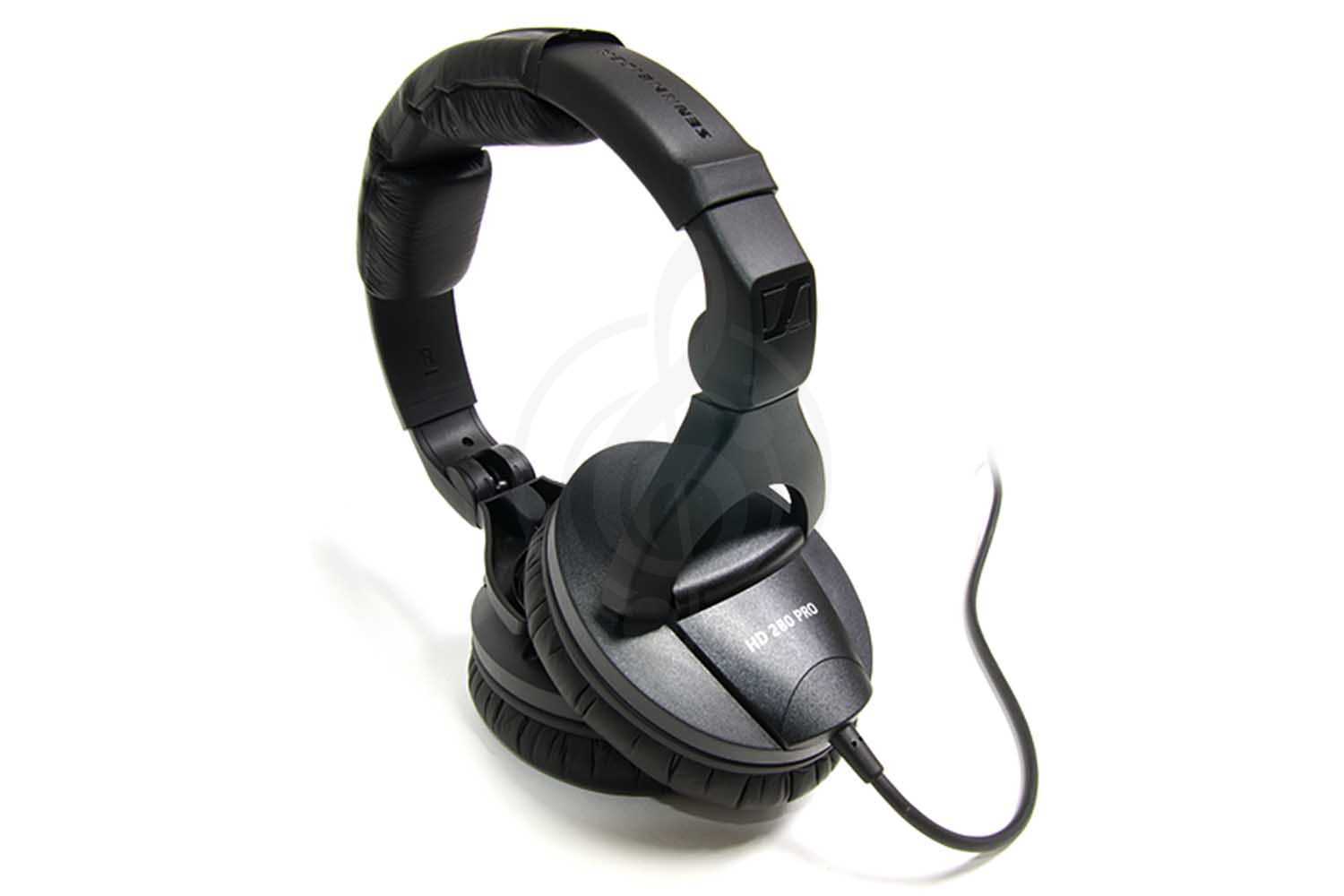
For added comfort, the ear cups rotate 90 degrees from the base to help seal the earcups more closely to your ears.
Advantages and disadvantages of the
model Without a doubt, these headphones are among the best in their category. If you try to briefly highlight the list of their advantages, then here’s what happens:
- excellent noise isolation Sennheiser HD 280 Pro due to a comfortable headband and quality ear pads;
- rich and balanced sound, good disclosure of the musical picture, without excessive low frequencies;
- Robust housing and swivel design, replaceable ear cushions and headband elements;
- headphone adjustment for a comfortable fit on the head;
- cable is equally convenient for everyday use and for studio sessions;
- folds flat for easy transport;
- are not demanding on the sound source.
Headphones from Sennheiser were not without flaws. Most of them are connected with exclusively everyday moments:
- when using the HD 280 Pro for a long time in the summer, discomfort arises;
- sound problems when connecting to old players and sound cards due to insufficient output power;
- the wire is heavy and sometimes tangled, therefore not always convenient for daily use outside the home;
- due to the fact that the cable is non-removable, it gets tangled during transportation, and this also leads to additional difficulties when replacing a failed wire.
Price and rivals
Price is an advantage of the Sennheiser HD 280 Pro, which can be taken apart from the general list. The reviewed headphones are not the cheapest option of their kind. Undoubtedly, you can find models both from Sennheiser and from other manufacturers with similar characteristics and ergonomics. But it is unlikely that it will be possible to choose a model so practical and versatile.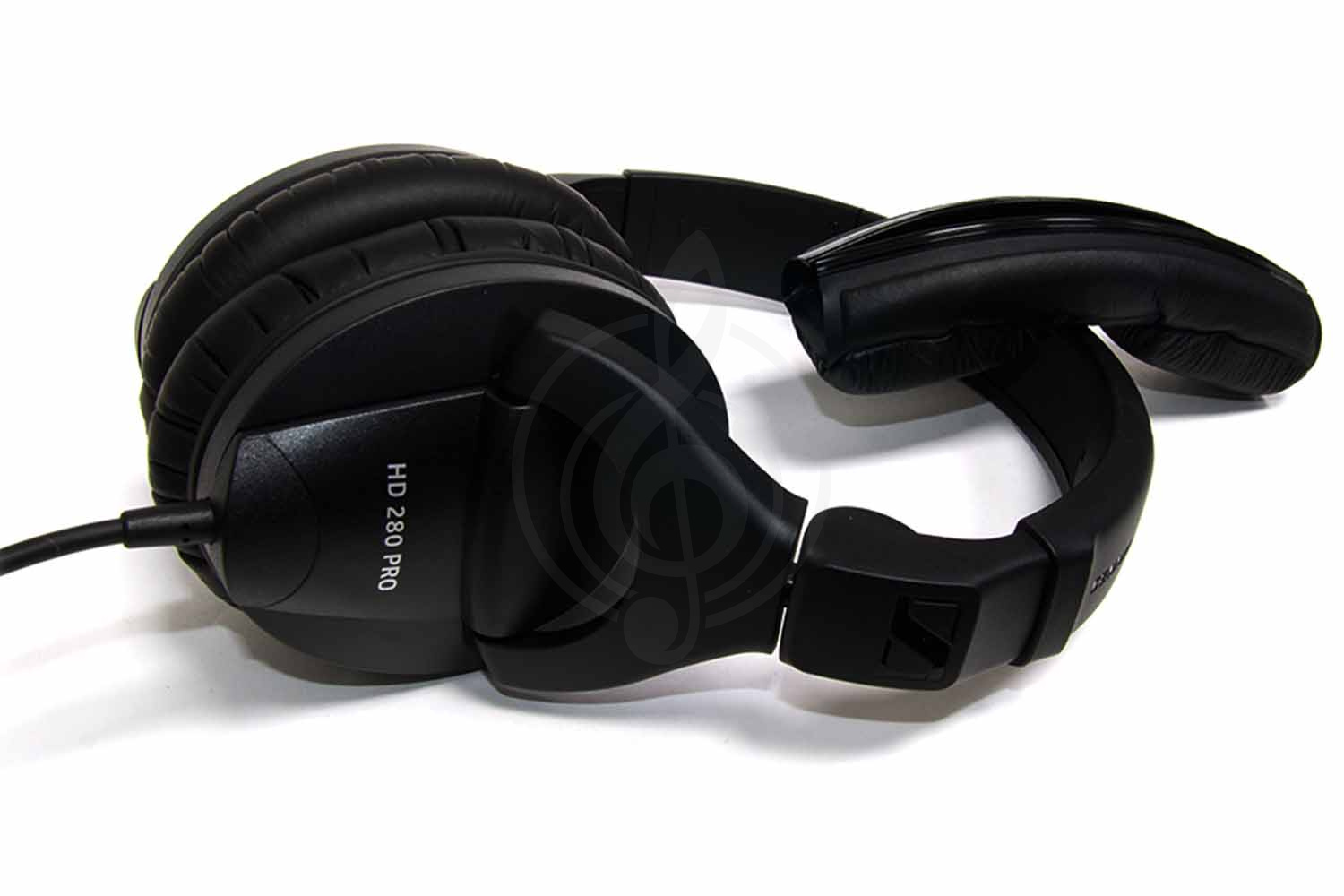
Sony MDR-100AAP, which have a brighter design and a similar body structure. With a frequency range of 5 to 60,000 Hz and 24 ohm impedance, these headphones are more suitable for everyday use;
Sennheiser HD 380 PRO is a more modern model designed for home listening to music in good quality due to insufficient sound insulation. Frequency response similar to HD 280 Pro at 54 ohms. The package includes a convenient hard case;
PIONEER HRM-5 are lightweight and comfortable monitor headphones for home and studio use. The housing design is more ergonomic than the HD 280 Pro, but the characteristics of the emitters are significantly inferior.
What are headphones best for?
The rapid development of wearable electronics makes it possible to listen to high quality music in sufficiently powerful headphones. Modern smartphones of the middle and high price range are equipped with DACs, allowing you to listen to music in high-bitrate formats (WAV, FLAC and others) on the Sennheiser HD 280 Pro without losing volume and subsiding in frequencies.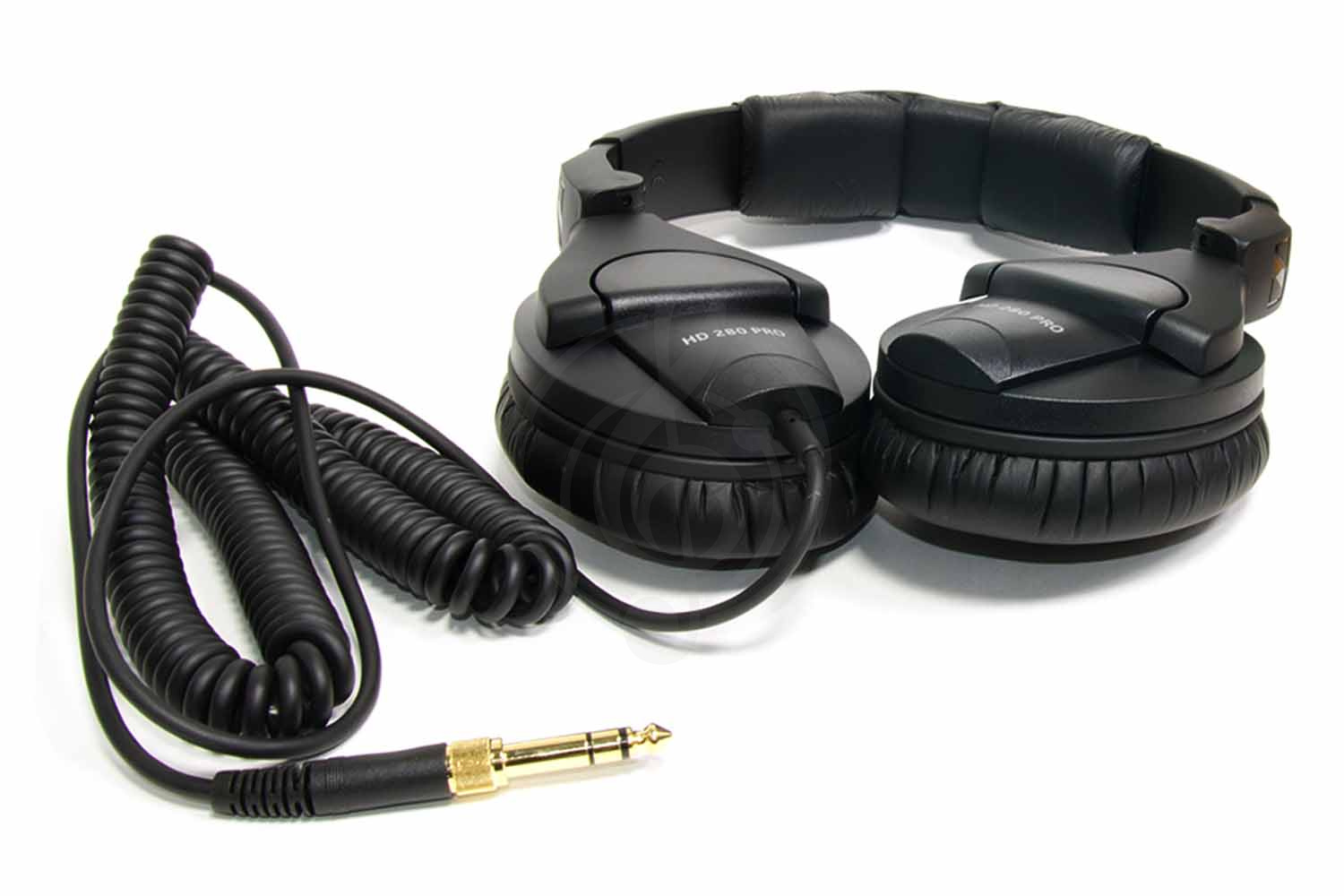
It is possible to recommend the purchase of such headphones for everyday use, but it is worth considering one nuance. Despite the relatively small weight of this model, it is worth remembering that they are of a closed type and long listening can cause discomfort. If there are no problems with walking in winter, sweating cannot be avoided in summer. The perforated coating of the ear pads does not cope with its tasks at high temperatures.
The Sennheiser HD 280 Pro is an ideal purchase for musicians looking for a relatively inexpensive but high-quality home studio option. Minimal distortion and high input impedance will allow you to hear the created material as it, in fact, should be. The comfortable design and the highest possible sound isolation make the HD 280 Pro a good choice for DJs.
With the included 6.3 mm adapter, the headphones can be used with any professional sound source. Do not forget about the durable design that protects the headphones from the most extreme situations.
The updated HD 280 Pro is a worthy option for vinyl collectors and novice audiophiles. A wide range of reproducible frequencies will allow you to listen to vinyl records and uncompressed versions of tracks without much distortion with almost perfect noise isolation.
In conclusion
Summing up, we can say with confidence that the Sennheiser HD 280 Pro is a fairly balanced model. They are great for both unpretentious listeners who use a smartphone as their main sound source, and professional sound engineers.
Given the variety of headphones produced by the famous German brand, it’s safe to say that the HD 280 Pro will go down in history.
Where to buy?
You can appreciate all the splendor of a powerful and high-quality headset only by listening to it. In our store, you can buy Sennheiser HD 280 Pro using the link and get answers to all your questions regarding this and other models.
Sennheiser HD 280 PRO headphone test reportRelated contentOverall test results Headphone Sennheiser HD 280 PROType of headphones: full-size Measurements were made on a human head simulator with HDM1 ear cups and a flat soft stand SF1 Channel common* Left Right 2 Sensitivity average in the range of 100 Hz 10 kHz, dB/V 111.1 110.3 111.6 Average resistance in the range 40 Hz 15 kHz, Ohm 77.3 77.3 900 02 77.9 For 94.0 dB SPL required in V 0.139 0.153 0.131 Required for 94.0 dB SPL in mW 0.251 0.302 0.221 Detailed technical specifications in the table » Sennheiser HD 280 PRO headphone SPL with amplifier in an online calculator based on the data in the table » The table shows the main, most important technical characteristics of the Sennheiser HD 280 PRO *total headphone channel obtained by averaging the frequency response between the right and left channels Contents of the measurement report Sennheiser HD 280 PRO detailed specification reportFrequency response and impedance of Sennheiser HD 280 PRO headphone
Channel Common* Average sensitivity in the range 100 Hz 10 kHz, dB/V 111.1 Frequency response unevenness in the range of 100 Hz-10 kHz, dB -7.0, +3.6 Sensitivity at 500 Hz at 1 V, dB 113.7 9000 2 Sensitivity at 500 Hz at 1 mW, dB 102.3 Sensitivity at 1000 Hz at 1 V, dB 114.4 Sensitivity at 1000 Hz at 1 mW, dB 102, 5 Medium resistance in the range of 40 Hz 15 kHz, Ohm 77.3 Resistance at 500 Hz, Ohm 73. Resistance at 1000 Hz, ohms 63.8 02 Minimum resistance in the range of 40 Hz 15 kHz at 2264 ,3 Hz, Ohm 59.7 Calculate the SPL level of Sennheiser HD 280 PRO headphones with a specific amplifier in the online calculator » The frequency response graph shows the frequency loudness balance (reproducible frequency spectrum) of the headphones. If we produce a sine of a specific frequency by supplying it with a constant level and fix the pressure level at the headphone output in a special chamber that emulates the ear, then by going over the frequencies from 20 Hz to 20 kHz, we will get the original frequency response graph. The frequency response graph in RAA is obtained through the reproduction and analysis of a special noise signal, followed by obtaining an impulse response in ARTA. According to the spectrum of the impulse response, a graph of the frequency response is plotted. RAA plot scale is similar to RMAA acoustic test plot scale with 6dB grid spacing and span of 90 dB A difference of 6 dB is equivalent to twice the ratio of signal levels. The impedance graph shows the headphone impedance versus frequency. The resistance scale is presented on a logarithmic scale. The graph is obtained through the reproduction and analysis of a special noise signal in LIMP (LIMP is included in the ARTA test package). *total headphone channel obtained by averaging the frequency response between the right and left channels Detailed description of the graph and report of the frequency response and headphone impedance >> Frequency response of Sennheiser HD 280 PRO headphones at 1 V input
Channel Left Right Medium sensitivity in the range of 100 Hz 10 kHz, dB/V 90 003 110.3 111.6 Frequency response unevenness in the range of 100 Hz 10 kHz, dB -7.6, +5.2 -6.9, +3.6 Sensitivity at 500 Hz at 1 V, dB 113.5 113.8 Sensitivity at 500 Hz at 1 mW, dB 102.2 102.4 Sensitivity per 1000 Hz at 1 V, dB 113. 115.0 Sensitivity per 1000 Hz at 1 mW, dB 101.8 103 ,0 Calculate the SPL level of Sennheiser HD 280 PRO headphones with a specific amplifier in an online calculator » The smaller the difference between the frequency response of the right and left channels, the clearer the panorama can be obtained. At the same time, other factors also affect the panorama. Detailed description of the graph and report headphone frequency response @ 1V applied >> Sennheiser HD 280 PRO headphone impedance
Channel Left Right Average resistance in the range 40 Hz 15 kHz, Ohm 77.3 77.9 Resistance at 500 Hz, Ohm 73.2 73.6 Resistance at 1000 Hz, Ohm 9000 2 63.8 64.0 Max. resistance in the range of 40 Hz 15 kHz at 93.5/93.5 Hz, Ohm 107.9 107.5 Min. resistance in diap. 40Hz 15kHz at 2264.3/2158. 59.7 60.5 The impedance graph shows the headphone impedance versus frequency. The resistance scale is presented on a logarithmic scale. The graph is obtained through the reproduction and analysis of a special noise signal in LIMP (LIMP is included in the ARTA test package). Detailed description of headphone impedance graph and report >> Frequency response of Sennheiser HD 280 PRO headphones – difference between right and left channel
Channel ami in the range of 40 Hz 15 kHz, dB 0.6 Deviation between channels in the low frequency range 40 Hz 200Hz, dB 0.6 Deviation between channels in the midrange 200 Hz 2kHz, dB 0.9 Deviation between channels in the high-frequency range 2 kHz 15 kHz, dB 1.0 The smaller the difference between the frequency response of the right and left channels, the clearer the panorama can be obtained. At the same time, other factors also affect the panorama. Detailed description of the graph and report of the difference between the right and left channels >> Sennheiser HD 280 PRO headphone frequency response versus impedance matching and amplifier output impedance at typical values with constant internal resistance
Headphone frequency response depending on the PVA amplifier 10 Ohm, dB 0.6 Headphone frequency response depending on the PVA amplifier 20 Ohm, dB 1.0 , dB 2.0 Headphone frequency response depending on the PVA amplifier 100 Ohm, dB 2.8 Headphone frequency response depending on the PVA amplifier 300 Ohm, dB and headphones to the amplifier, in Depending on the total output impedance of the amplifier and the impedance of the headphones, the frequency response changes. RAA calculates the frequency response based on the frequency response of the headphone and amplifier, as well as the output impedance of the amplifier and the impedance of the headphone. Detailed description of the graph and report of headphone frequency response versus amplifier impedance match and output impedance at typical values with constant internal resistance >> constant internal resistance
Headphone frequency response deviation depending on the PVA amplifier 10 Ohm, dB 0.6 Deviation of the headphone frequency response depending on the PVA amplifier 20 Ohm, dB 1.0 Deviation of the headphone frequency response depending on the PVA amplifier 50 Ohm, dB depending on PVA amplifier 100 Ohm, dB 2.8 Headphone frequency response deviation depending on PVA amplifier 300 Ohm, dB 4.0 When headphones are connected to the amplifier, depending on the total output impedance and impedance of the headphones, the frequency response changes. Detailed description of the graph and report of headphone frequency response versus impedance match and amplifier output impedance at typical values with constant internal resistance >> increase in resistance in the low-frequency region
Frequency response deviation in the range at a frequency of 20 Hz, dB -1.6 Frequency response deviation in the range at 40 Hz, dB -0.7 Frequency response deviation in the range at 80 Hz, dB -0.1 Depending on the total output impedance of the amplifier and the impedance of the headphones, the frequency response changes. Detailed description of the graph and report of headphone frequency response vs. zero-resistance amplifier output impedance with bass boost >> increase in resistance in the low-frequency region
Frequency response deviation in the range at a frequency of 20 Hz, dB -1.6 Frequency response deviation in the range at 40 Hz, dB -0.7 Frequency response deviation in the range at 80 Hz, dB -0.1 When headphones are connected to the amplifier, depending on the output impedance and headphone impedance frequency response changes. Detailed description of the graph and report of the deviation of the frequency response of headphones depending on the output impedance of the amplifier with zero resistance and boost in the low frequencies >> Related materials The report was generated in the Reference Audio Analyzer 3.5 software and hardware system |
FAQ on tech. Company shares Articles and reviews
|

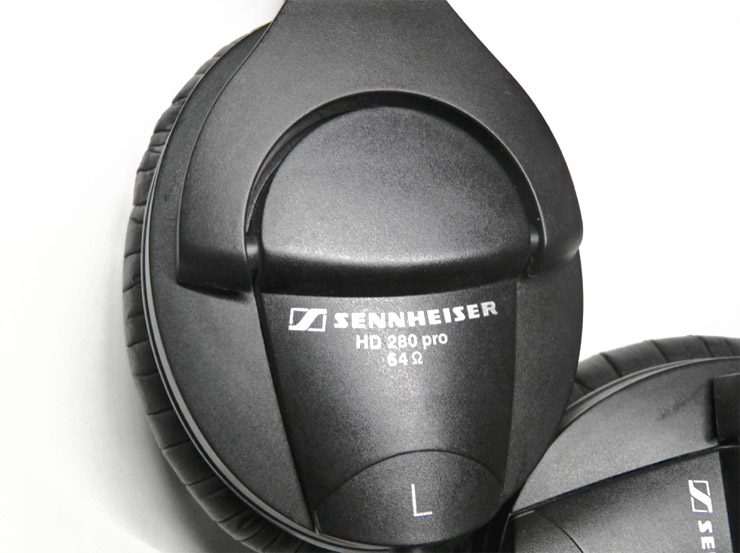
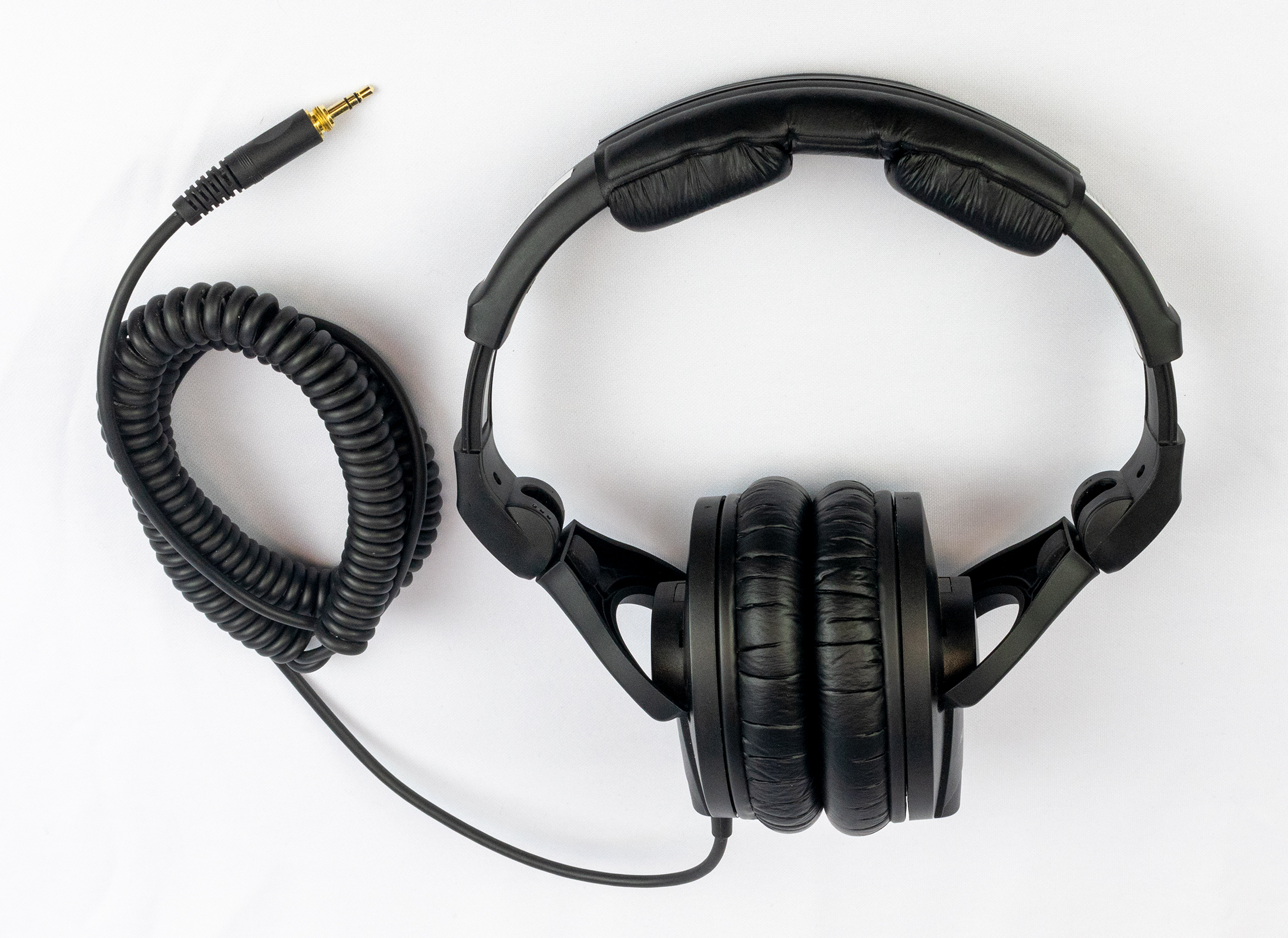 impedance match and amplifier output impedance I
impedance match and amplifier output impedance I 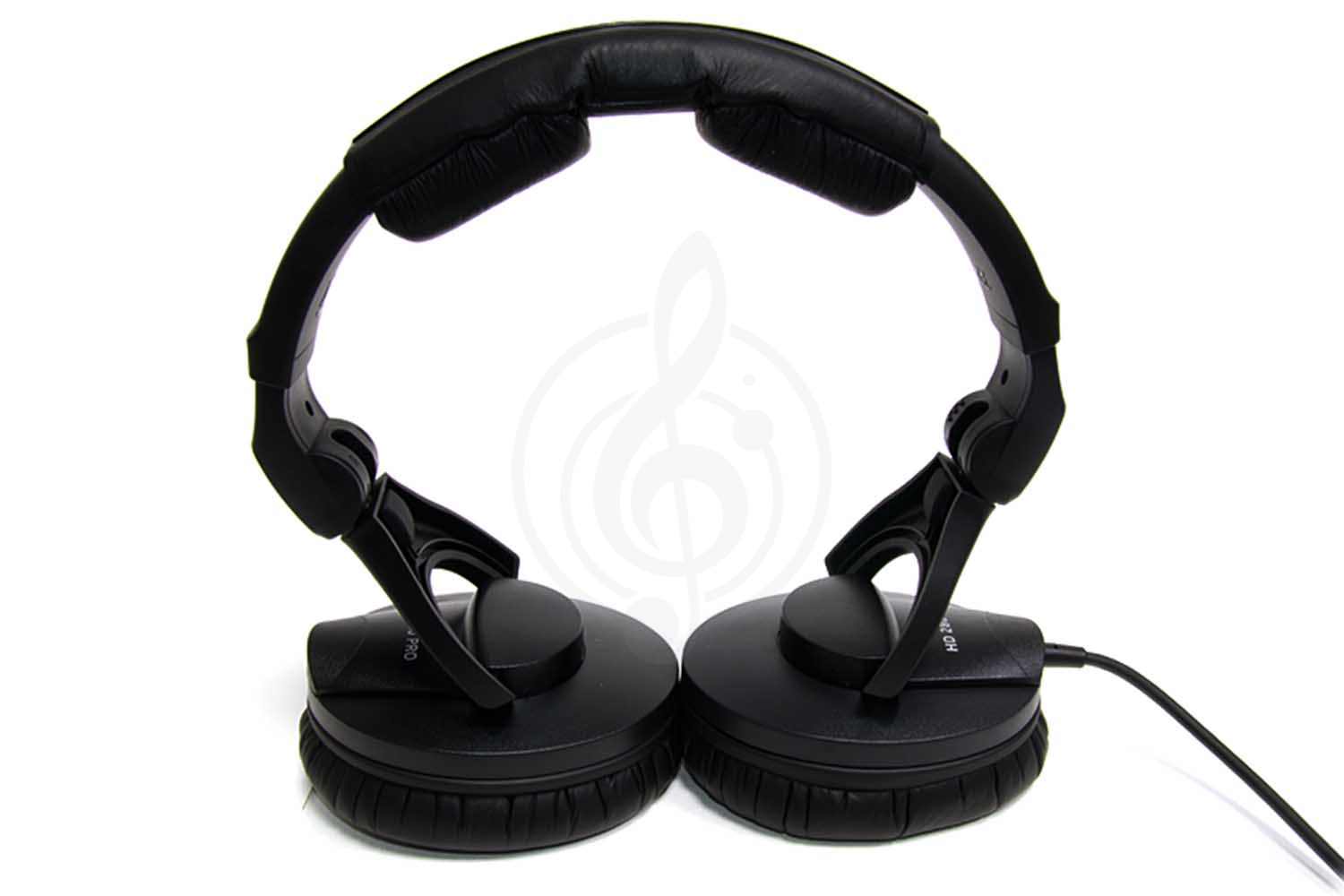 2
2 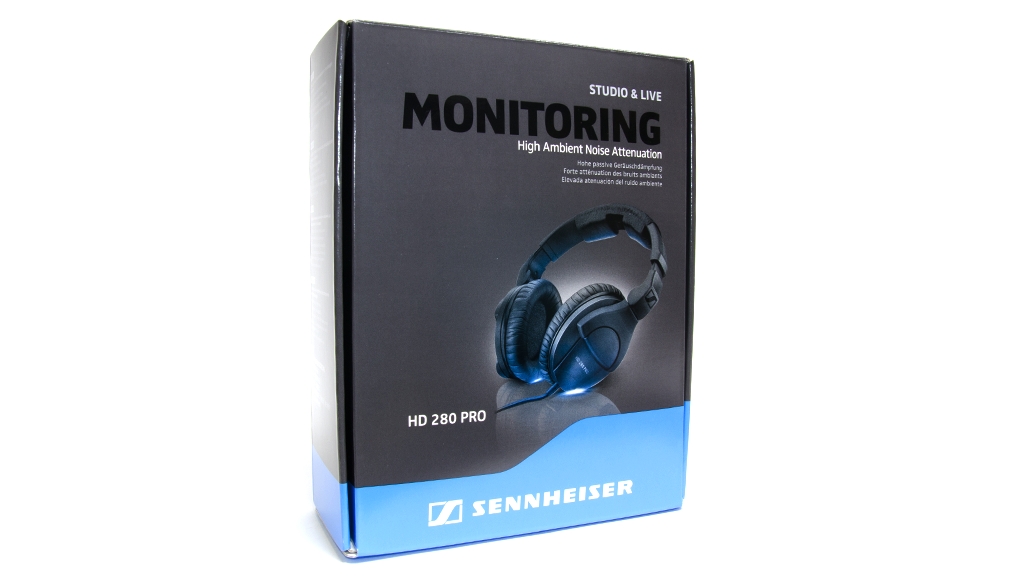
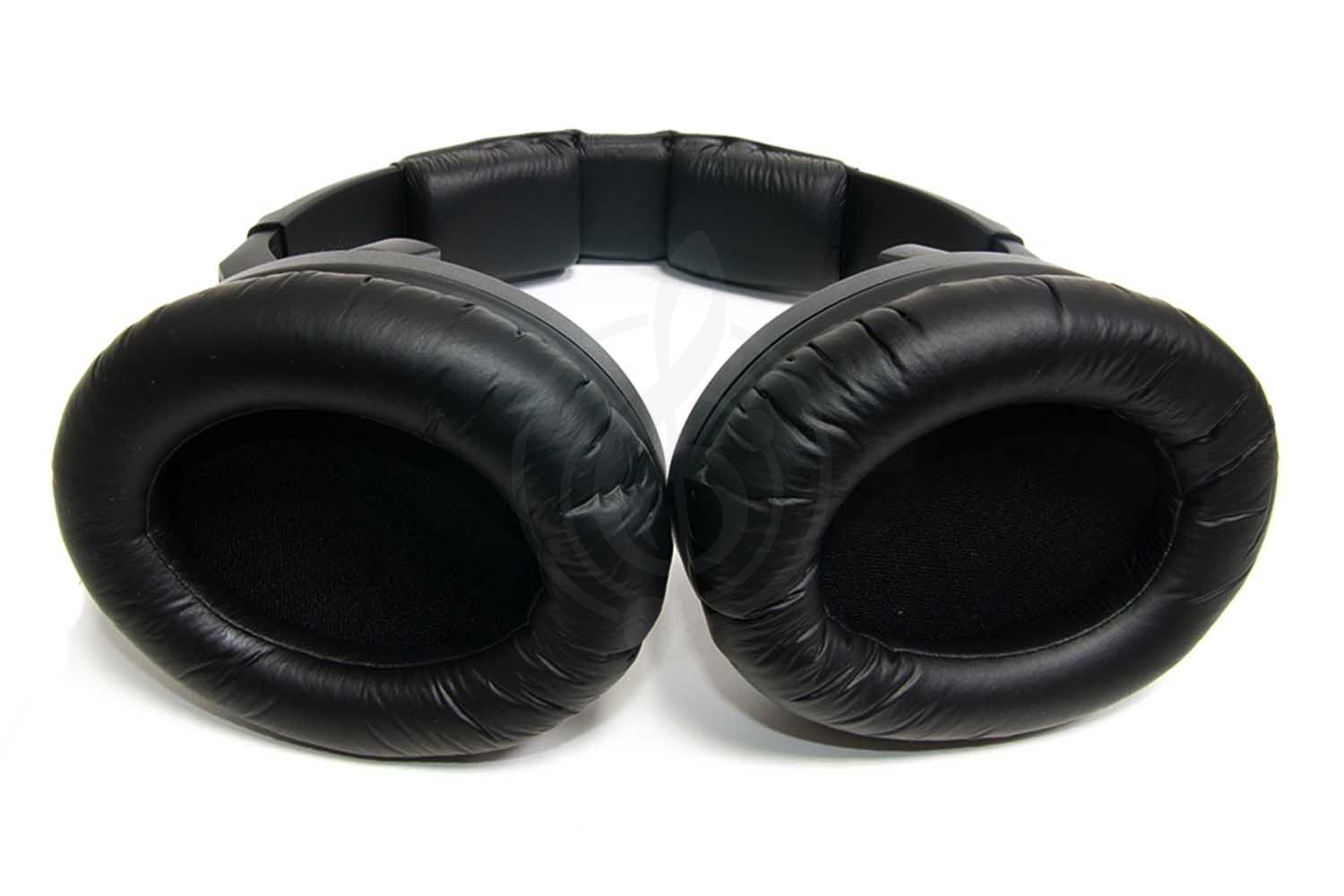 8
8  1Hz, ohms
1Hz, ohms 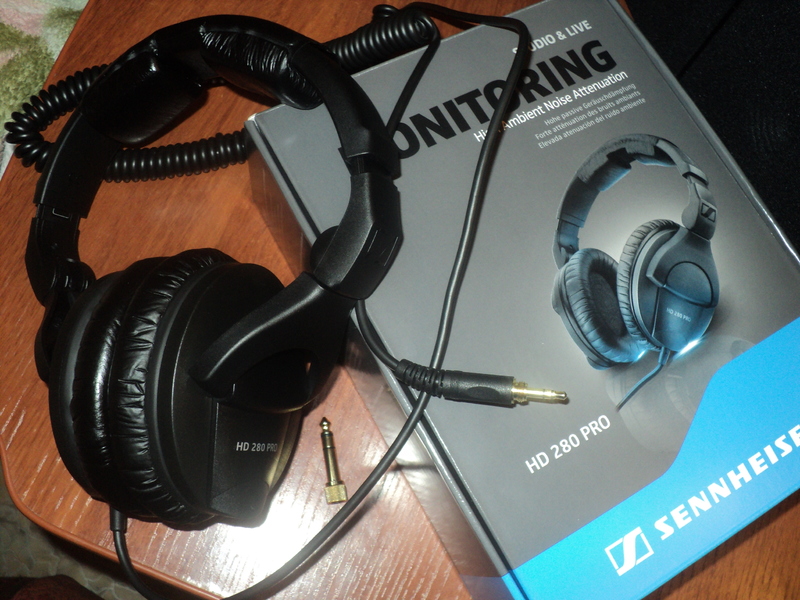
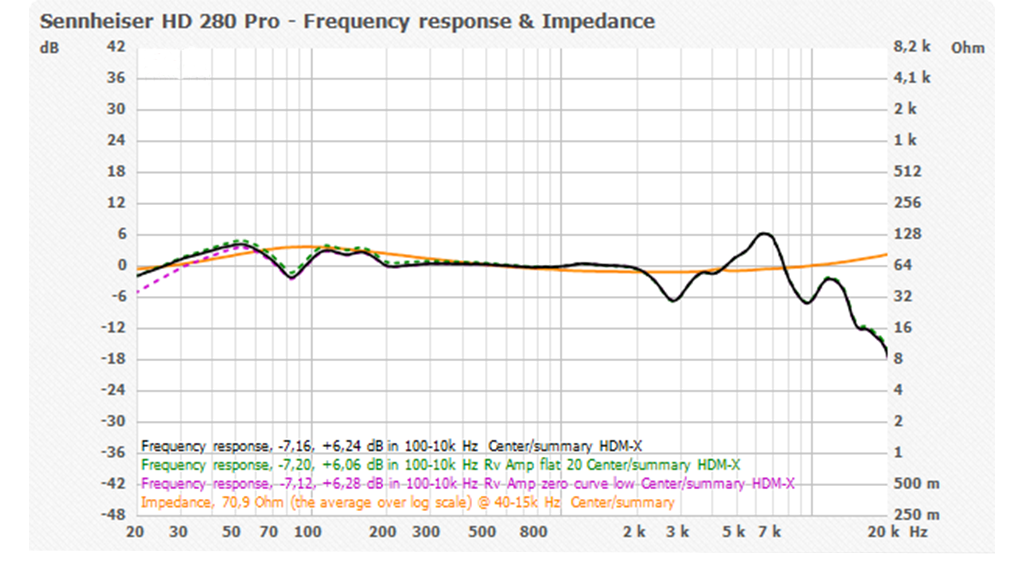 This test compares the change in frequency response when headphones are connected to amplifiers with different output impedance, provided that the amplifier has it constant over the entire frequency range. The test uses typical amplifier output impedances of 10, 20, 50, 100, and 300 ohms.
This test compares the change in frequency response when headphones are connected to amplifiers with different output impedance, provided that the amplifier has it constant over the entire frequency range. The test uses typical amplifier output impedances of 10, 20, 50, 100, and 300 ohms.  RAA calculates the frequency response based on the frequency response of the headphone and amplifier, as well as the output impedance of the amplifier and the impedance of the headphone. This test compares the change in frequency response when headphones are connected to amplifiers with different output impedance, provided that the amplifier has it constant over the entire frequency range. The original frequency response of the headphones is presented as a straight line.
RAA calculates the frequency response based on the frequency response of the headphone and amplifier, as well as the output impedance of the amplifier and the impedance of the headphone. This test compares the change in frequency response when headphones are connected to amplifiers with different output impedance, provided that the amplifier has it constant over the entire frequency range. The original frequency response of the headphones is presented as a straight line.  RAA calculates the frequency response based on the frequency response of the headphone and amplifier, as well as the output impedance of the amplifier and the impedance of the headphone. The output impedance is close to zero in the middle and high frequency region, and there is a rise in the low frequency region. A similar graph can be observed for various amplifiers: Colorfly C4 Pro, Cowon C2.
RAA calculates the frequency response based on the frequency response of the headphone and amplifier, as well as the output impedance of the amplifier and the impedance of the headphone. The output impedance is close to zero in the middle and high frequency region, and there is a rise in the low frequency region. A similar graph can be observed for various amplifiers: Colorfly C4 Pro, Cowon C2. 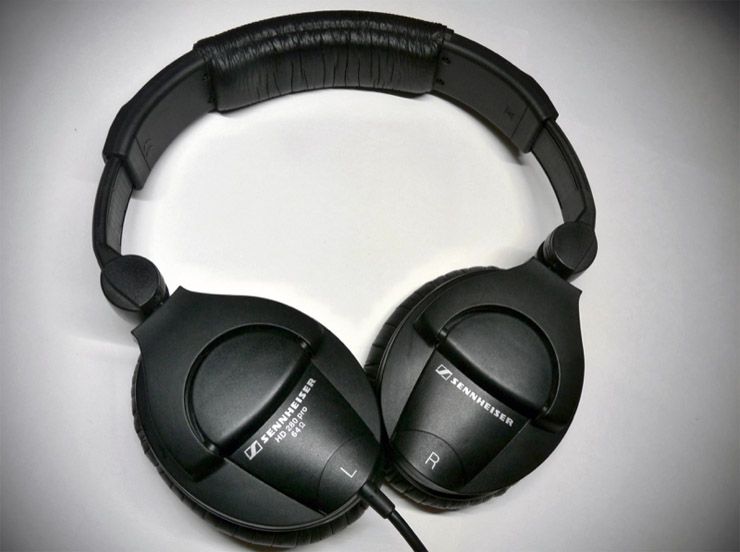 RAA calculates the frequency response based on the frequency response of the headphone and amplifier, as well as the output impedance of the amplifier and the impedance of the headphone. The output impedance is close to zero in the middle and high frequency region, and there is a rise in the low frequency region. The graph shows only the change in frequency response, as if the original frequency response of the headphones is a straight line. A similar graph can be observed for various amplifiers: Colorfly C4 Pro, Cowon C2.
RAA calculates the frequency response based on the frequency response of the headphone and amplifier, as well as the output impedance of the amplifier and the impedance of the headphone. The output impedance is close to zero in the middle and high frequency region, and there is a rise in the low frequency region. The graph shows only the change in frequency response, as if the original frequency response of the headphones is a straight line. A similar graph can be observed for various amplifiers: Colorfly C4 Pro, Cowon C2.  measurements
measurements 